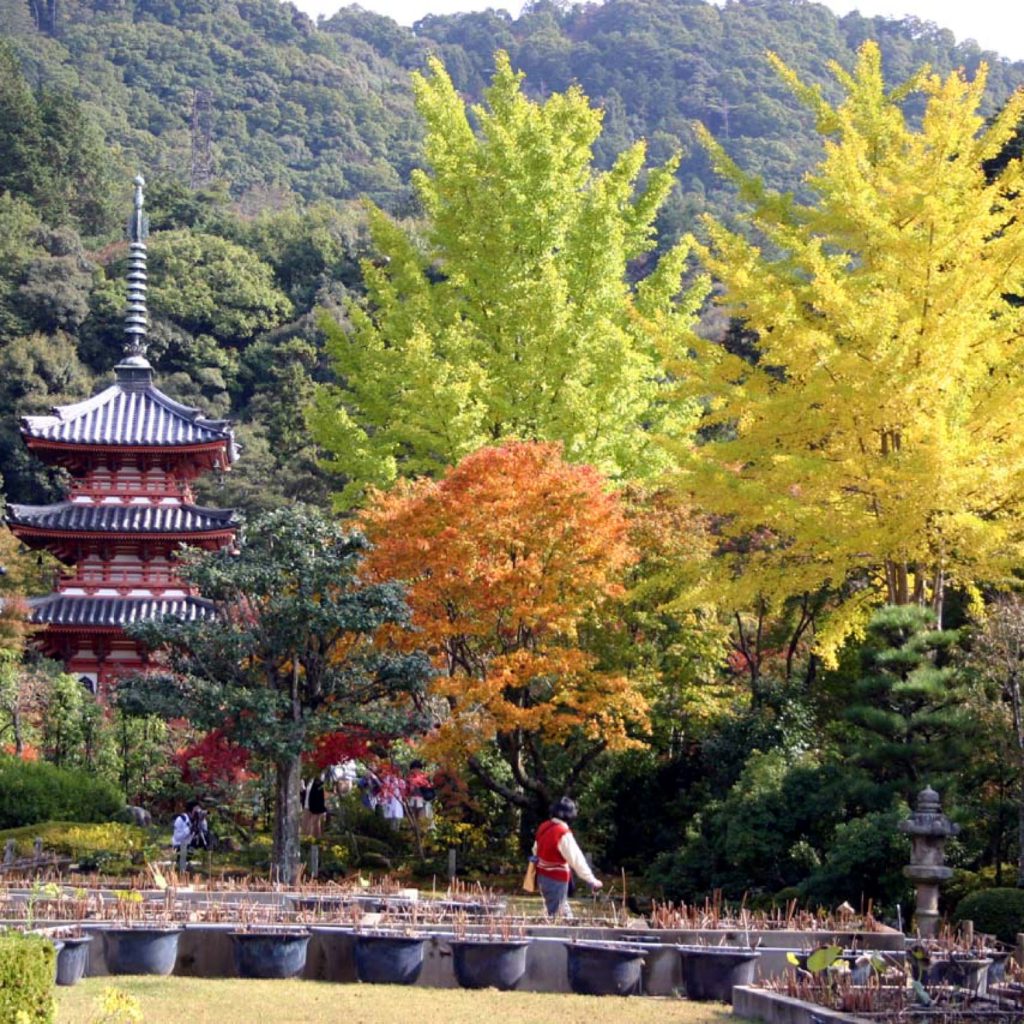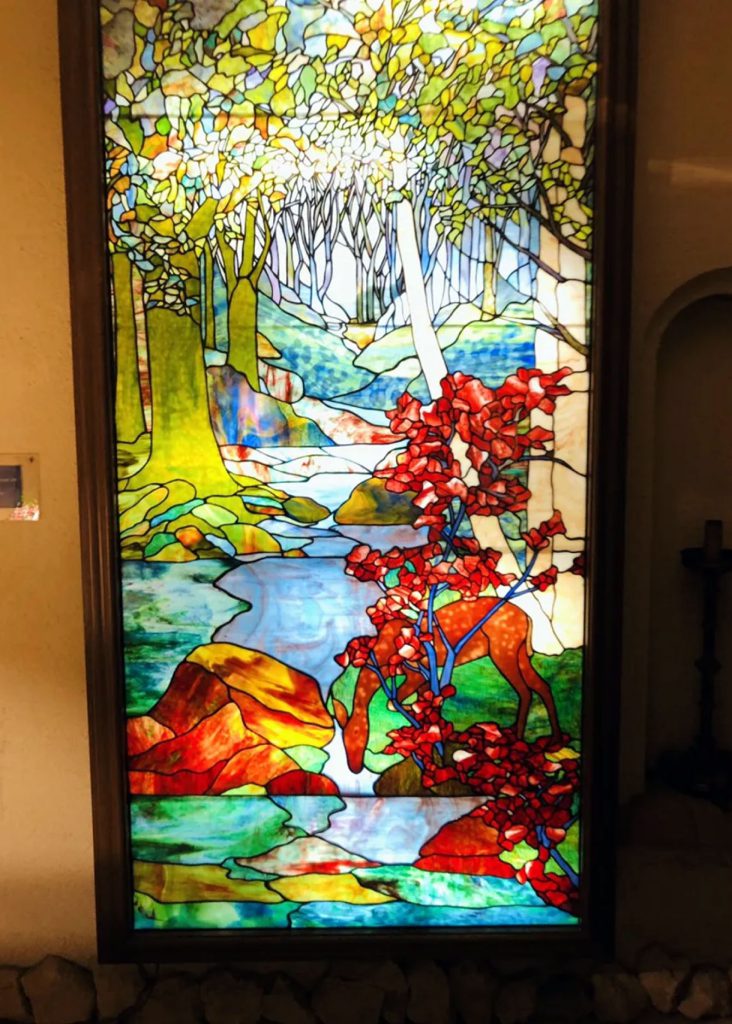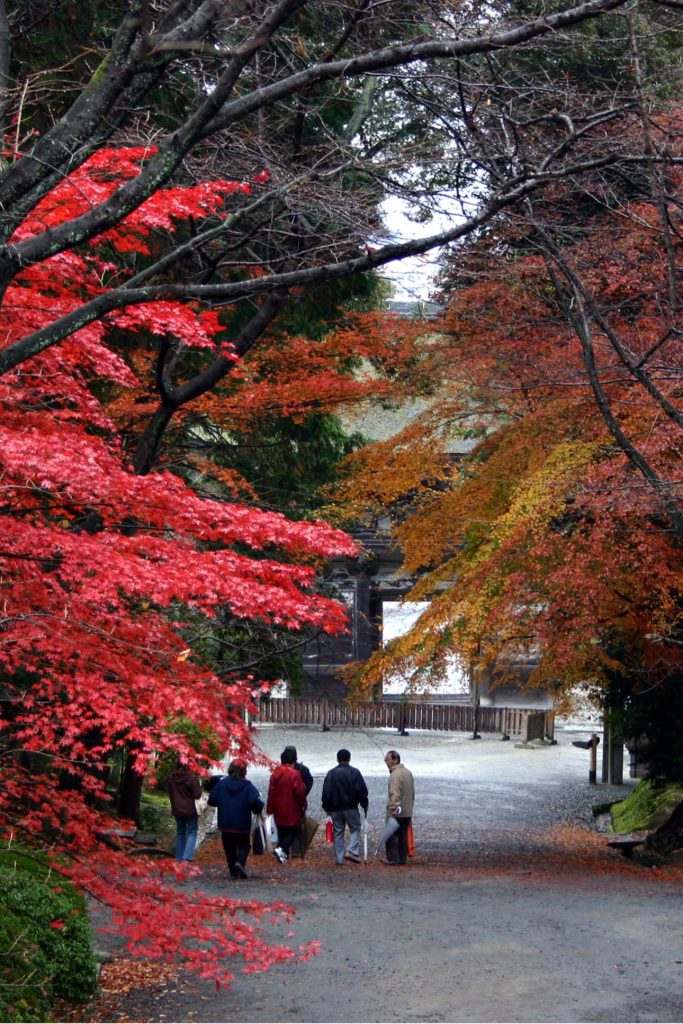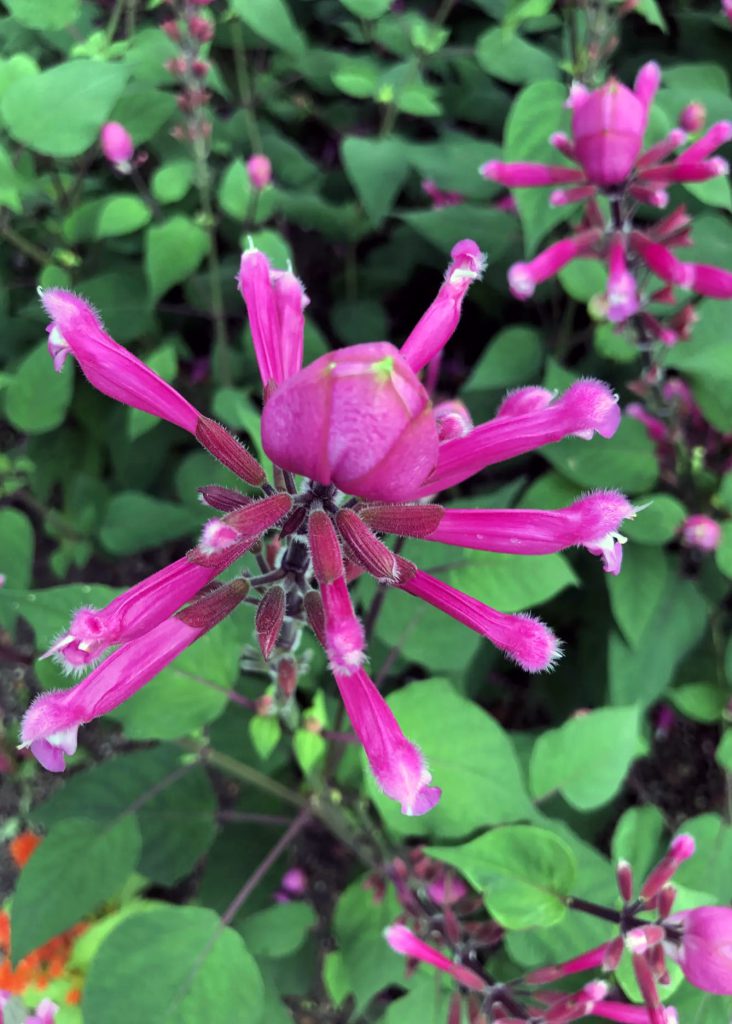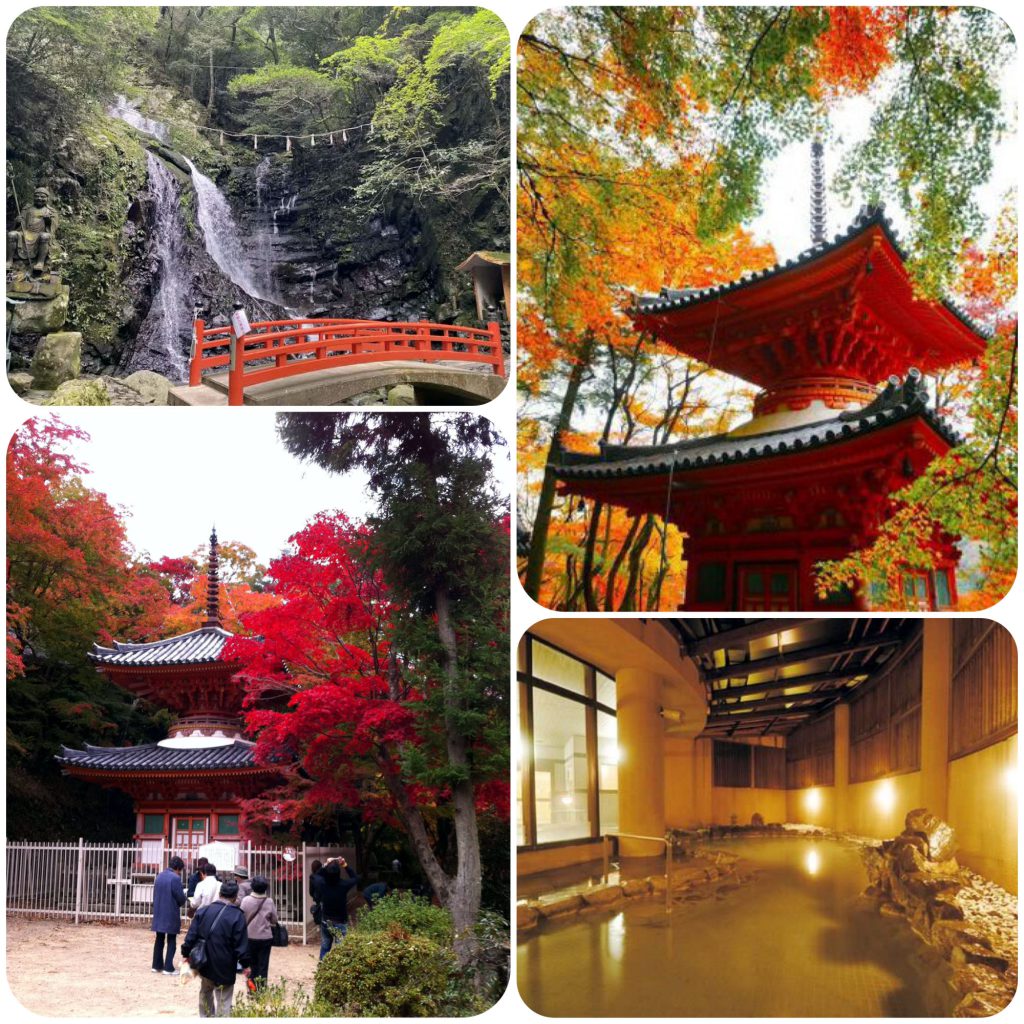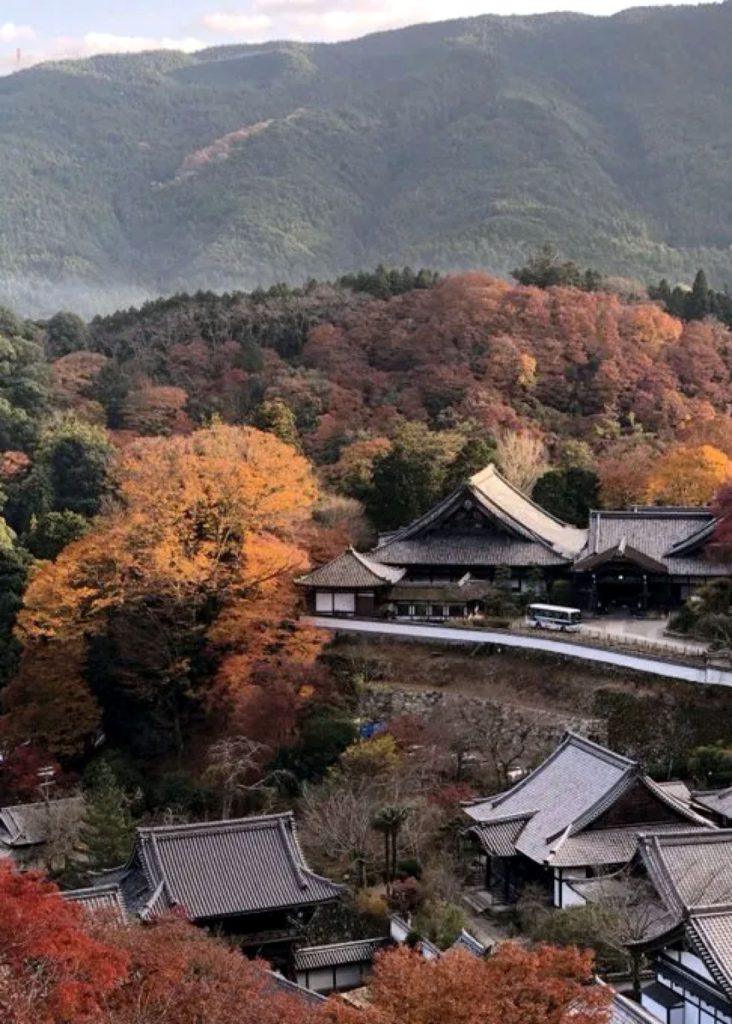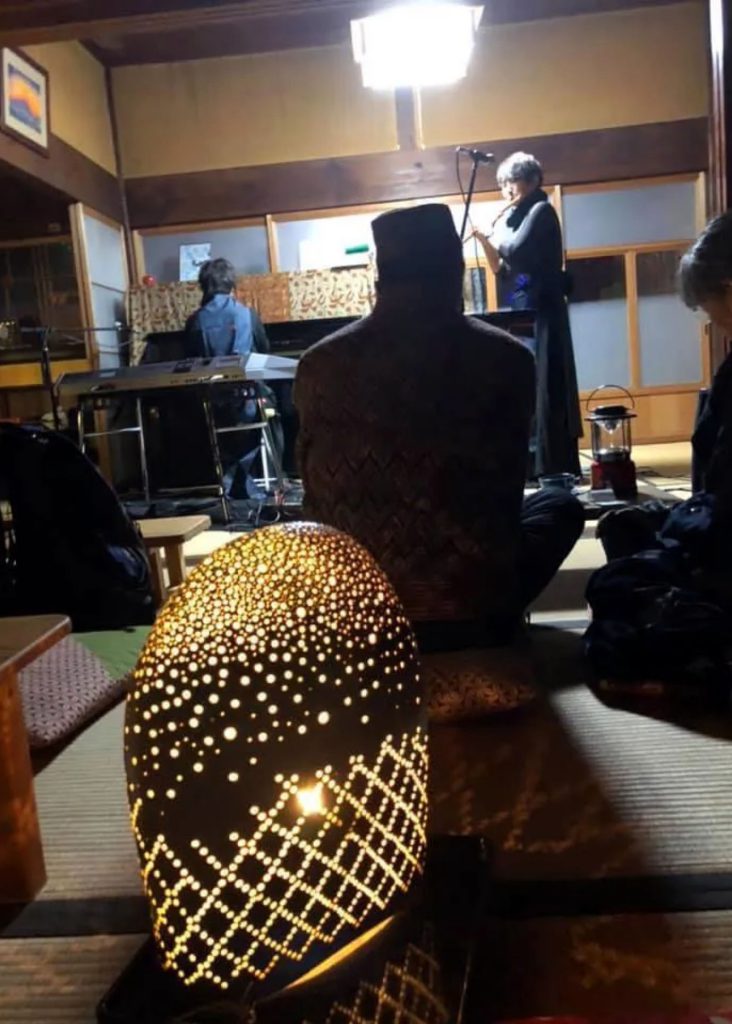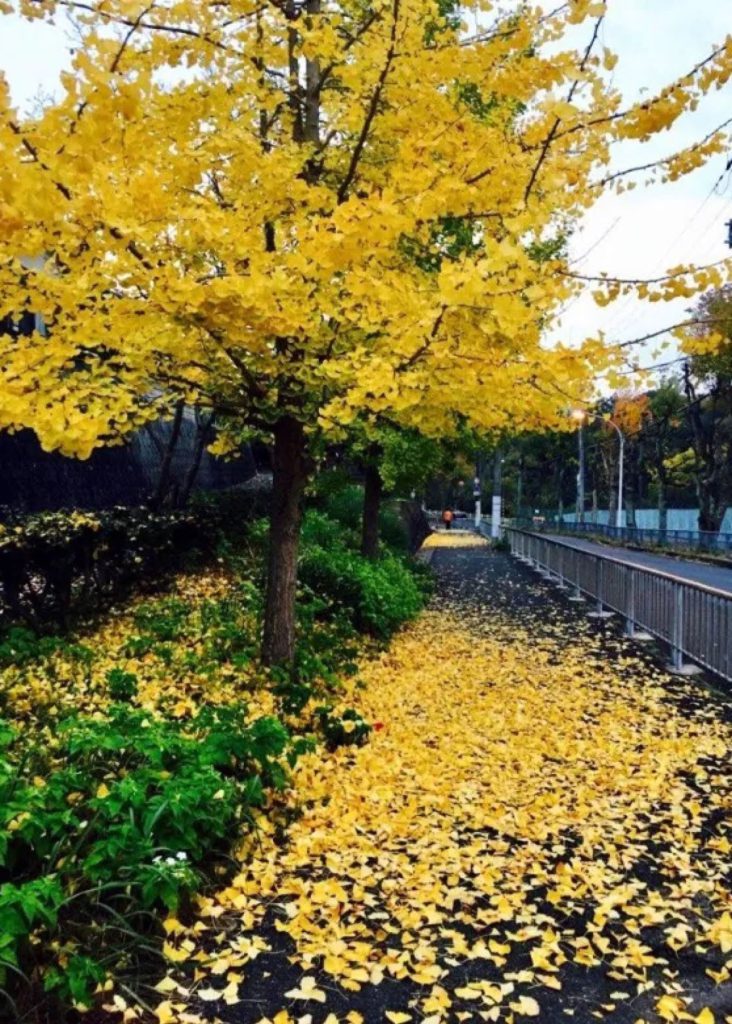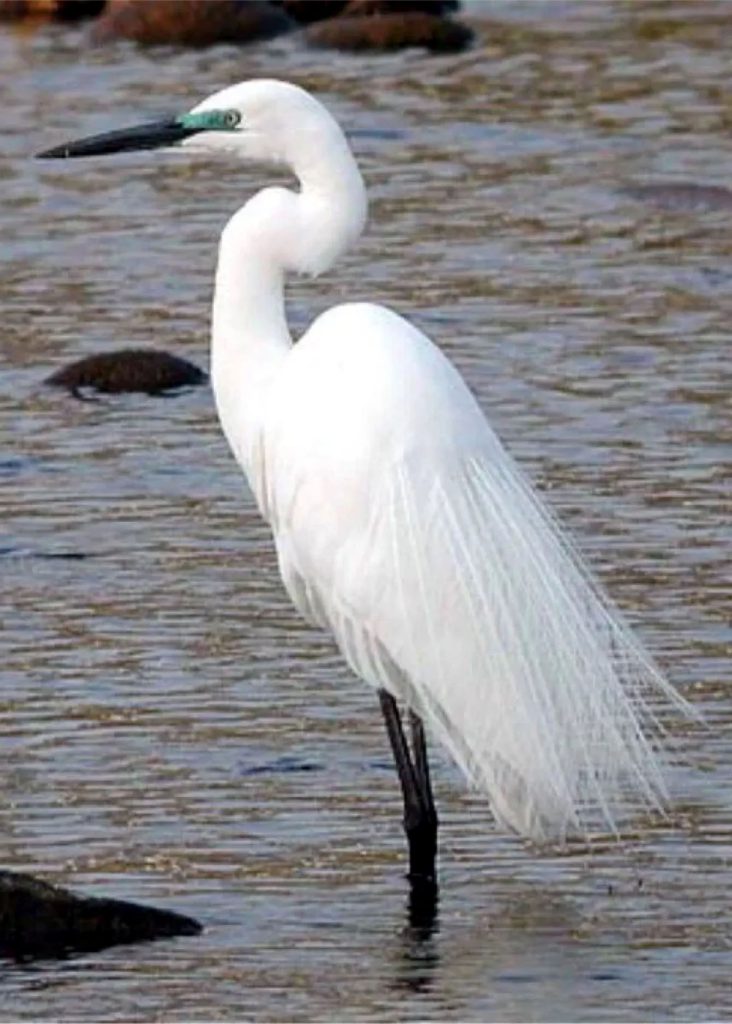
Only the sound of the murmur of a small stream is heard. A white heron stands motionless in a stream where autumn leaves fall silently. Surrendering himself to the destiny, he looks like a philosopher whether or not he knows tomorrow’s destiny. No matter where or how they groom themselves, the whiteness of their wings stands out. Saigyo, who sang, “Even one who claims to no longer have a heart feels this sad beauty: snipes flying up from a marsh on an evening in autumn” must have looked like this too. Whether you are heartless or not, you can’t help but shudder at the sight of this beautiful natural sight, and at the same time feel the harshness and transience of finite life in the dignified appearance of the white heron.
聞こえるのは瀬せらぎの音だけ。紅葉が音もなく舞い落ちる沢に、白鷺が微動だにせず立っています。天命に身を委ね、明日の運命を知るや知らずや、まるで哲人の風貌です。何処でどうして身繕いするのやら、羽の白さが目立ちます。「心なき 身にもあわれは 知られけり 鴫立つ沢の 秋の夕暮れ」と歌った西行が見た景色もきっとこういう景色だったに違いありません。心なき身であろうとなかろうと、この美しい自然の光景に感動を覚えると同時に、白鷺のその凛とした姿に、限りある命の厳しさと儚さを感じ取り、慄然とせざるを得ないものがあるからです。


